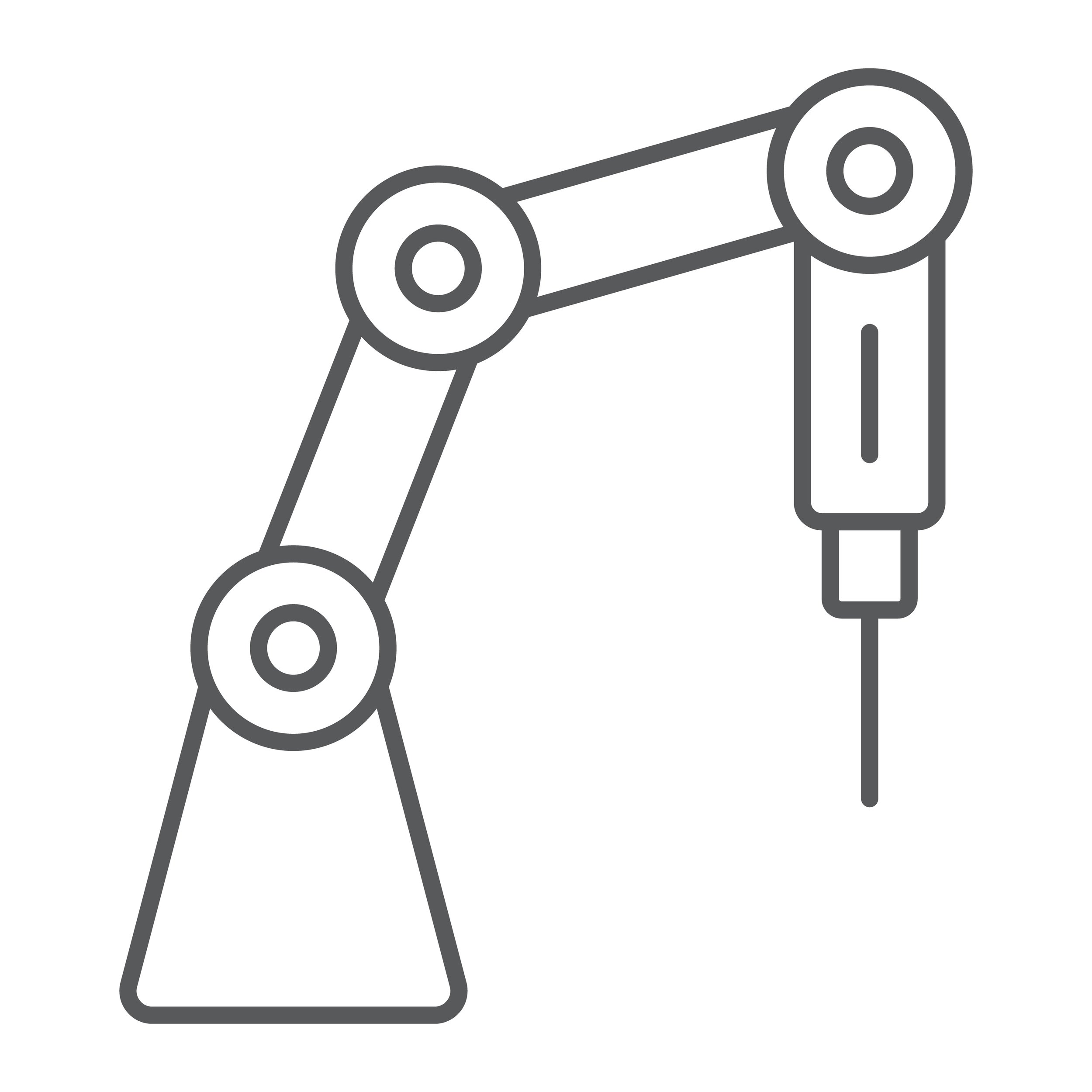robotic pyeloplasty
What is involved in the robotic pyeloplasty procedure?
Pelviureteric junction (PUJ) obstruction is a urological condition marked by a constriction or blockage at the juncture where the renal pelvis meets the ureter. This narrowing impedes the natural urine flow from the kidney to the ureter, leading to a buildup of pressure in the renal pelvis. PUJ obstruction can result from congenital anomalies, such as an abnormal blood vessel pressing on the junction, or acquired factors like kidney stones. Symptoms may include flank pain, urinary tract infections, and compromised kidney function. Timely intervention is crucial to alleviate the obstruction and preserve kidney health.
Pyeloplasty emerges as a primary surgical solution for individuals diagnosed with PUJ obstruction. This reconstructive procedure aims to remove the obstructed segment and restore normal urine flow by reconstructing the ureteropelvic junction. During pyeloplasty, the surgeon removes the narrowed or damaged part of the ureter and reattaches the healthy segments. This procedure may employ minimally invasive techniques such as robotic or traditional open surgery, depending on the severity and complexity of the obstruction. Pyeloplasty stands as an effective and enduring intervention, often providing relief from symptoms and preserving kidney function in those affected by PUJ obstruction.
Robotic pyeloplasty: Minimally invasive procedure for ureteropelvic junction obstruction treatment
pyeloplasty
main points
Key Points:
Repairing narrowed kidney-ureter junction (pelviureteric junction) is the operation's goal.
Keyhole incisions and surgical robot assistance are utilized during the procedure.
Most patients go home after one to two nights post-keyhole surgery.
An internal stent is usually inserted for healing, removed after 4-6 weeks.
A 12-week radio-isotope scan assesses kidney recovery; improvement is typical.
In some cases, ongoing pain may persist despite scan-observed improvement.
A few patients may require a subsequent operation if narrowing recurs.
Rarely, kidney removal becomes necessary due to recurrent obstruction damage.
surgery
What occurs on the day of the procedure?
A/Prof Homi Zargar will discuss the surgery once again to ensure your understanding and obtain your consent. An anaesthetist will meet with you to explore the options of a general or spinal anaesthetic and discuss post-procedure pain relief.
Details of the procedure:
The procedure is conducted under general anaesthesia, ensuring the patient remains asleep.
An antibiotic injection is administered after verifying the absence of allergies.
Five or six keyhole incisions are made in the abdomen, through which robotic instruments are inserted.
The abdominal cavity is inflated with carbon dioxide gas to establish a working space for the surgical procedure.
Narrowing at the pelviureteric junction is cut or divided; tissue flaps may be used for widening.
Ureter stent insertion accelerates healing.
Temporary catheter placement may be considered for measuring urine output.
A drain close to the kidney collects fluid and is typically removed the next day.
Keyhole incisions closed with absorbable sutures or tissue glue.
Post-operation, you're encouraged to drink fluids and move promptly.
Drain and catheter removal occurs within 24 to 48 hours.
Average hospital stay ranges between one and two days.
After-Effects and Risks of the Procedure:
Shoulder tip pain from diaphragm irritation due to carbon dioxide gas - Almost all patients.
Temporary abdominal bloating (gaseous distension) - Almost all patients.
Common need for a further procedure to remove the ureter stent, usually under local anesthesia.
Incidence of bleeding, infection, pain, or hernia in one or more port sites, requiring additional treatment - Between 1 in 10 & 1 in 50 patients.
Continuing pain, despite improved postoperative scans indicating enhanced kidney drainage - Between 1 in 10 & 1 in 50 patients.
Risk of recurrent narrowing or scarring necessitating further surgery - Between 1 in 10 & 1 in 50 patients.
Bleeding requiring conversion to open surgery or blood transfusion - Between 1 in 50 & 1 in 250 patients.
Recognized or unrecognized injury to nearby structures, like blood vessels or organs, requiring extensive surgery - Between 1 in 50 & 1 in 250 patients.
Potential anaesthetic or cardiovascular problems, possibly requiring intensive care - Between 1 in 50 & 1 in 250 patients.
Risk of later kidney removal due to damage caused by recurrent blockage - Between 1 in 50 & 1 in 250 patients.



